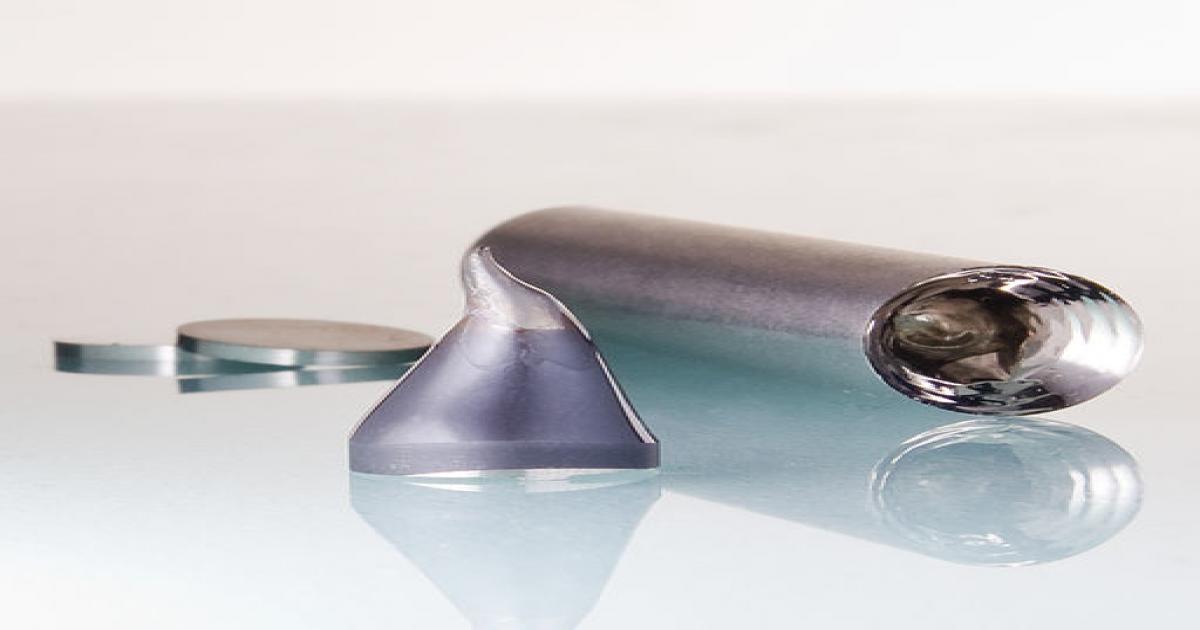NOMATEN examines metal glass and alloys with high entropy
The NOMATEN group of scientists is looking for configurational entropy and glass transition relationships in high-entropy alloys (HEA) using dynamic simulations at the molecular level. Dr. Rene Alvarez-Donado presented some of his team’s results in January at the web conference „Recent advances on the glass problem” organized by the Center Européen de Calcul Atomique et Moléculaire (CECAM).
Configurational entropy tells us the number of available atom configurations in the alloy structure, but we’re still talking about non-crystalline material” – explains Dr. Rene Alvarez Donado of the NOMATEN Center of excellence at the NCBJ. „The research results show that the configuration entropy is a key indicator for identifying when a material with a metallic glass structure is formed from high entropy alloys. Glasses are solids with an amorphous structure and the arrangement of their atoms is not ordered – unlike crystals, which have an ordered structure – in the case of large entropy coefficients, consisting of many different elements, an additional source of entropy is the random distribution of different atoms.”
In his research, Dr. Rene Alvarez – Donado deals with the so-called metallic glasses (bulk metallic glasses – BGM). Thanks to the combination of the advantages of metals and glass, this material is easy to shape, durable and also conducts heat and electricity well. High entropy alloys (HEA) are one of the key research subjects of the NOMATEN Center of Excellence. In the form of solids – HEAs are materials with an ordered structure and promising properties. They are the subject of theoretical and experimental research by research teams responsible for simulations and machine learning – the Complexity in Functional Materials group (Prof. Mikko Alava) and Materials Informatics – Structure and Function group (Dr. Stefanos Papanikolaou), as well as Functional Properties group (Prof. Lukas Kurpaska).
Dr. Alvarez-Donado presented the results of his team’s research in a presentation entitled „Configurational entropy in High Entropy Alloys” at the online conference „Recent advances on the glass problem” organized by the Center Européen de Calcul Atomique et Moléculaire (CECAM). The co-authors of the work are also Prof. Mikko Alava (director of NOMATEN) and Dr. Amin Esfandiarpour and Dr. Stefanos Papanikolaou. The conference was an introduction to the regular scientific conference of the same title postponed to January 2022.







